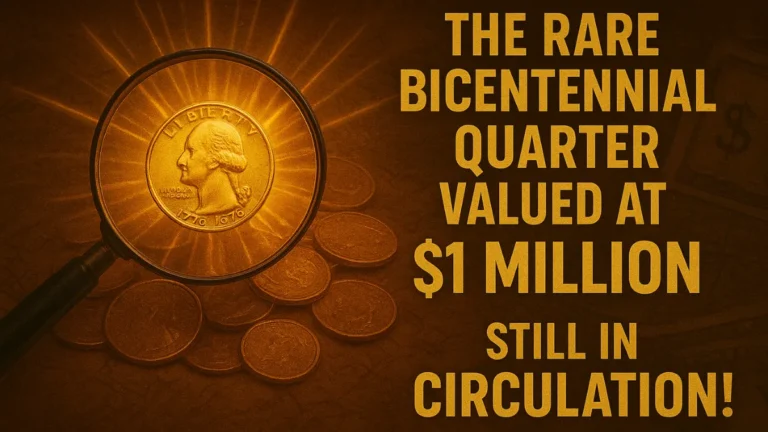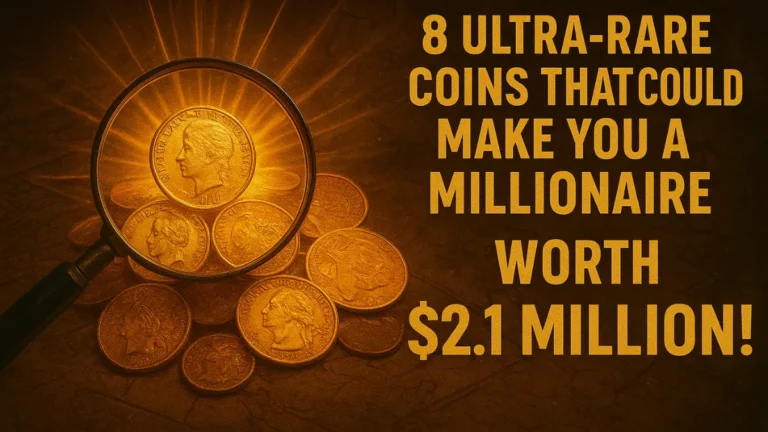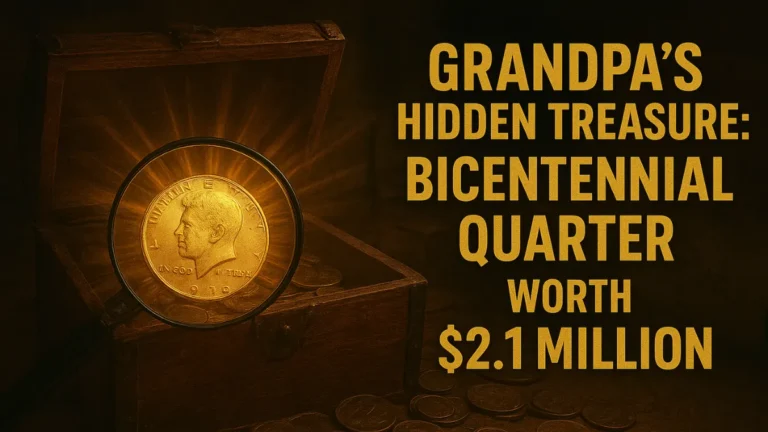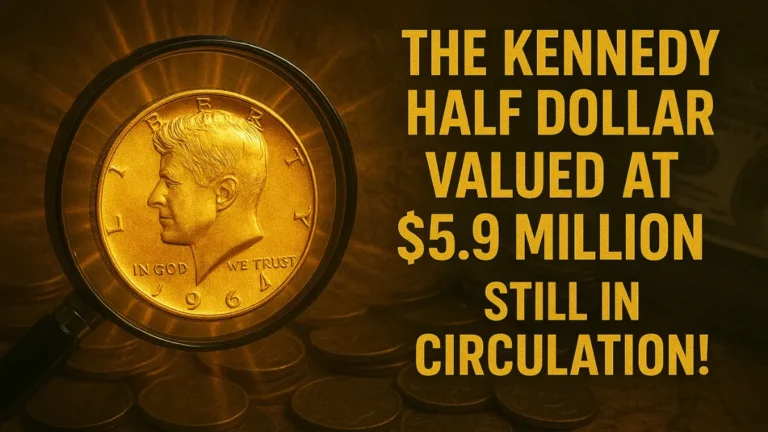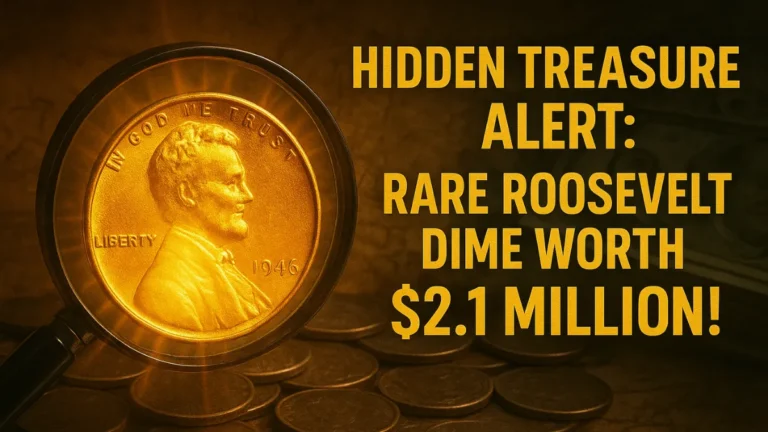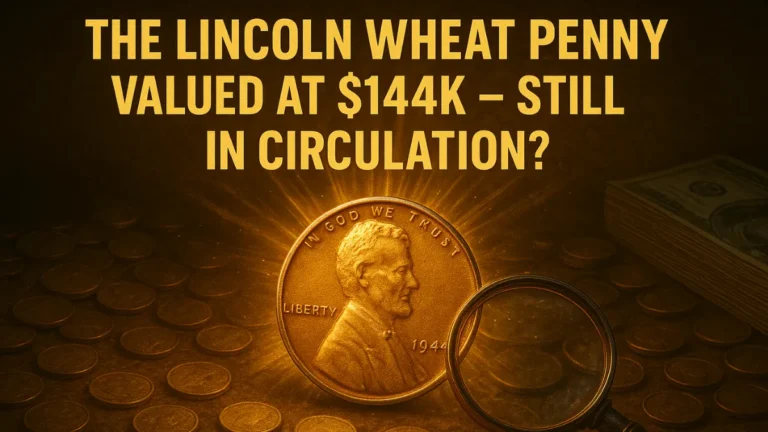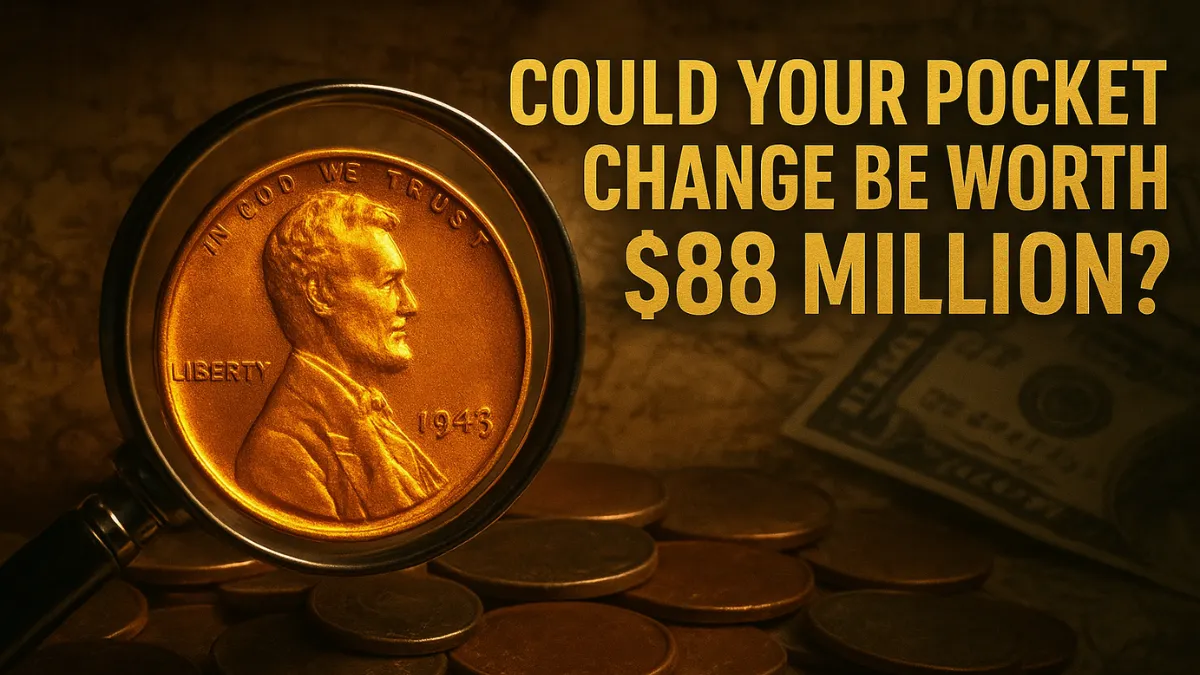The idea that a simple coin lying in your loose change could be worth a life-changing fortune is both exhilarating and baffling. For collectors, history buffs, and casual treasure hunters alike, stories of rare Lincoln Wheat Pennies fetching astronomical sums continue to inspire the hunt. But how much truth is there to these claims, particularly the reports of a penny valued at $88 million?
Let’s dive into the world of rare pennies, unravel coin collecting myths, and share practical advice for spotting genuine treasure in your pocket change.
The Allure of the Lincoln Wheat Penny
Introduced in 1909 to honor the 100th anniversary of Abraham Lincoln’s birth, the Lincoln Wheat Penny features the president’s portrait on the obverse and two wheat stalks flanking “ONE CENT” on the reverse. Minted until 1958, these pennies are prized by collectors for their historical significance, simple beauty, and occasional rarity.
Certain mintages—particularly those with mint errors, limited production runs, or special characteristics—have gained legendary status, commanding high prices at auctions and among private collectors.
The $88 Million Penny: Myth or Reality?
Sensational headlines and viral social media posts often claim that a single Lincoln Wheat Penny, such as the fabled 1943 “Copper” penny or similar rarities, is worth $88 million. In reality, even the rarest known pennies—like the 1943-D Bronze Lincoln Wheat Cent—have sold for staggering, but not quite $88 million, sums.
The most expensive pennies tend to fetch between $100,000 and $2 million, depending on their provenance and condition. No confirmed record exists of a Wheat Penny reaching the eight-figure mark, making the $88 million claim more myth than fact. Still, stories of rare coins highlight the incredible potential value lurking in ordinary places.
What Makes a Lincoln Wheat Penny Valuable?
Several factors contribute to a Wheat Penny’s value: rarity, minting errors, condition, and historical interest. Key dates (like 1909-S VDB, 1914-D, and the 1943 copper pennies) consistently draw strong interest. Edge cases—such as pennies struck on the wrong metal, double-die obverses, or with misaligned features—are highly collectible.
“Uncirculated” or “mint state” pennies, free from wear and discoloration, command higher prices. Finally, provenance—the coin’s pedigree—can add significant value for advanced collectors. However, most Wheat Pennies in circulation are worth only a few cents to a few dollars due to their high production numbers and normal wear.
How to Hunt for Rare Pennies in Your Pocket Change
Anyone can begin the search for valuable Wheat Pennies. Start by looking for pennies minted between 1909 and 1958, identifiable by the “wheat” design on the reverse. Examine coins closely for unusual color, weight, or errors such as off-center strikes or doubled features.
Using a magnifying glass can reveal subtle but valuable details. Online guides and numismatic communities can help you identify authentic rarities and avoid counterfeits. If you suspect you’ve found something truly special—like a 1943 copper penny—it’s wise to consult a reputable coin dealer or have your find certified by a professional grading service.
Should You Cash In—Or Hold On?
If you discover a potentially rare and valuable penny, it’s natural to be excited about the next steps. For coins with confirmed rarity and strong demand, experts recommend having them graded and encapsulated by professional organizations, such as the Professional Coin Grading Service (PCGS) or Numismatic Guaranty Corporation (NGC).
Auction houses and established dealers can help you maximize the sale price. However, many collectors choose to keep their historic finds, enjoying both the story and the ongoing appreciation in value. In either case, understanding the coin’s true significance and condition is crucial for making an informed decision.
Conclusion: The Real Treasure in Your Change
While the prospect of finding an $88 million penny is almost certainly wishful thinking, the world of coin collecting offers real adventure, history, and potential reward. With thousands of Lincoln Wheat Pennies still in circulation and countless stories of life-changing discoveries, it’s well worth checking your pocket change. Even if you don’t strike it rich, you’ll discover a new appreciation for the history and artistry hiding in everyday objects—proof that sometimes, the greatest treasures are those with stories to tell.
✨ You May Also Like ✨
